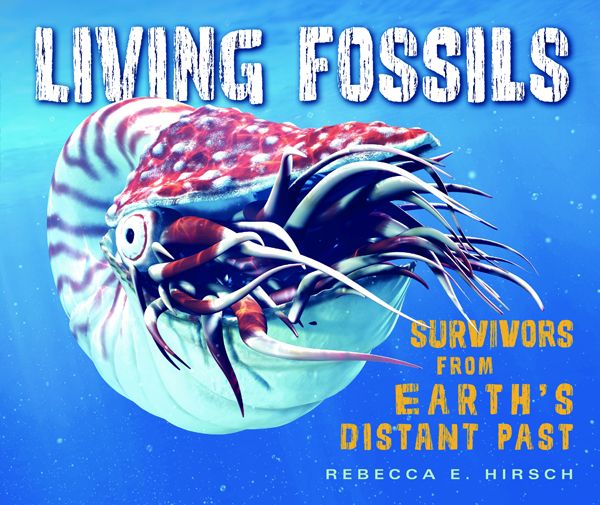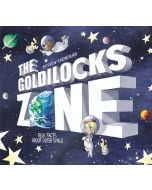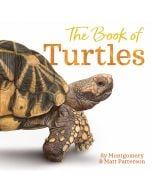
Living Fossils: Survivors from Earth's Distant Past
By Rebecca E. Hirsch
Edition
By Rebecca E. Hirsch
Library edition
Publisher Lerner Imprint Millbrook Press ISBN9781541581272
Living Fossils: Survivors from Earth's Distant Past
 14.25
14.25
Out of stock
SKU
9781541581272J
In the history of life on this planet, 99.9 percent of all species have gone extinct. But a few have survived almost unchanged. Author Rebecca E. Hirsch introduces readers to six living fossils, including the chambered nautilus, the horseshoe crab with its sticky blue blood, and venomous platypuses that sting, as well as a comprehensive explanation of evolution and extinction for readers who may not be familiar with the terms yet. Readers will also discover a a spectacular timeline of the history of animal life on Earth. Dive into the stories of these incredible animals and find out how they help scientists piece together evolutionary history.
bibliography. Index. Full-color photographs.
|
Standard MARC Records Cover Art |
Science Nonfiction Elementary Plus (Grades 2-6)
Science Nonfiction Elementary Plus
Science Nonfiction Elementary Plus (Grades 2-6)
For Grades 2-6
Explore everything from the galaxies to your own backyard in these accurate and up-to-date nonfiction titles. Young scientists will experience fascination monthly with the 14 books in this category.
14 books per Year
$0.00 per Year
Interests
Biographies, Graphic Novels, Nonfiction, Reluctant Readers, Science/STEAM





